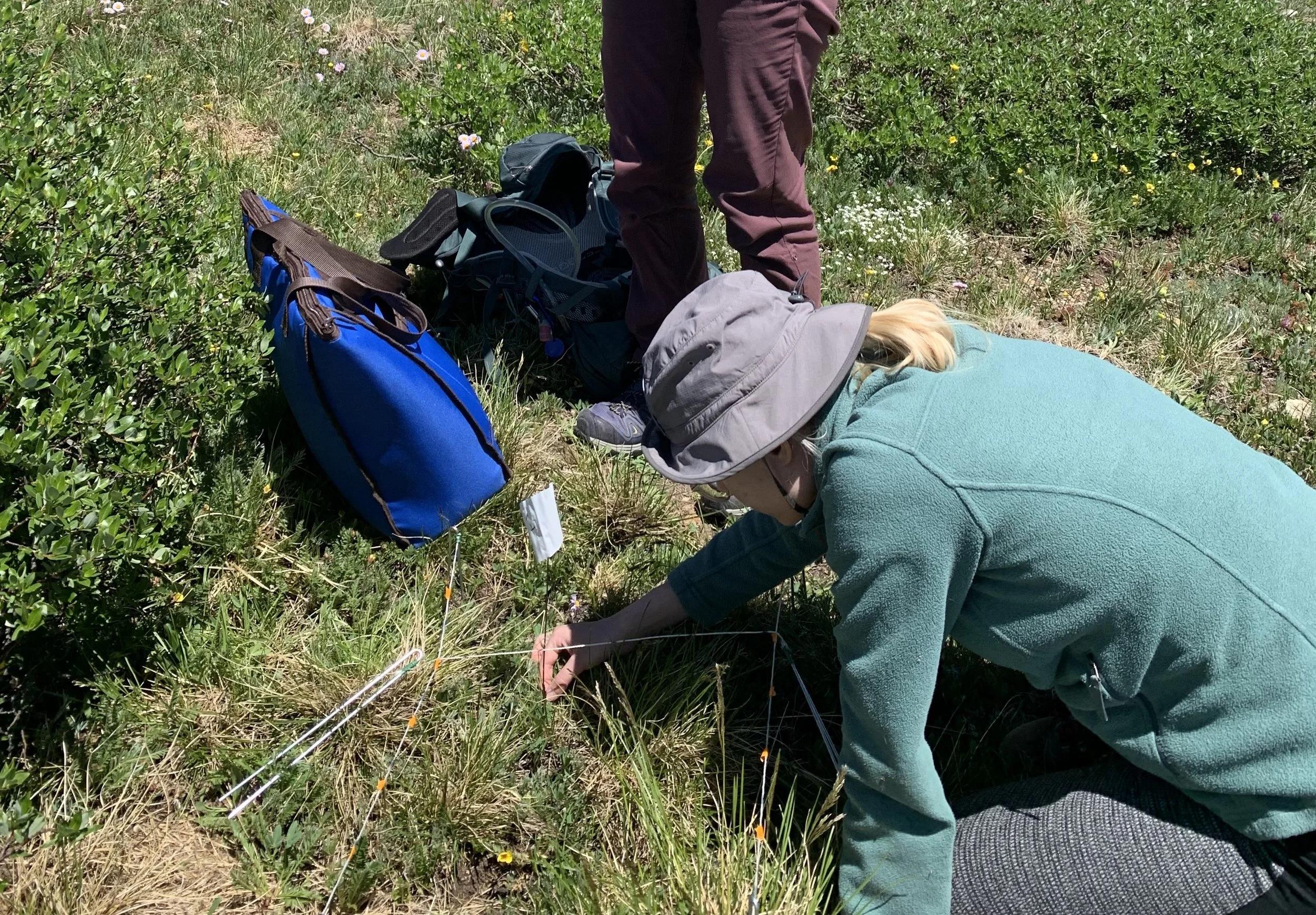Long-term alpine plant responses to global change drivers depend on functional traits
Henn, J.J., K.E. Anderson, L.M. Brigham, C.P. Bueno de Mesquita, C.G. Collins, S.C. Elmendorf, M.D. Green, et al. 2024. Long-term alpine plant responses to global change drivers depend on functional traits. Ecology Letters 27: e14518. Available at https://doi.org/10.1111/ele.14518.
Abstract
Forecasting plant responses under global change is a critical but challenging endeavour. Despite seemingly idiosyncratic responses of species to global change, greater generalisation of ‘winners’ and ‘losers’ may emerge from considering how species functional traits influence responses and how these responses scale to the community level. Here, we synthesised six long-term global change experiments combined with locally measured functional traits. We quantified the change in abundance and probability of establishment through time for 70 alpine plant species and then assessed if leaf and stature traits were predictive of species and community responses across nitrogen addition, snow addition and warming treatments. Overall, we found that plants with more resource-acquisitive trait strategies increased in abundance but each global change factor was related to different functional strategies. Nitrogen addition favoured species with lower leaf nitrogen, snow addition favoured species with cheaply constructed leaves and warming showed few consistent trends. Community-weighted mean changes in trait values in response to nitrogen addition, snow addition and warming were often different from species-specific trait effects on abundance and establishment, reflecting in part the responses and traits of dominant species. Together, these results highlight that the effects of traits can differ by scale and response of interest.

